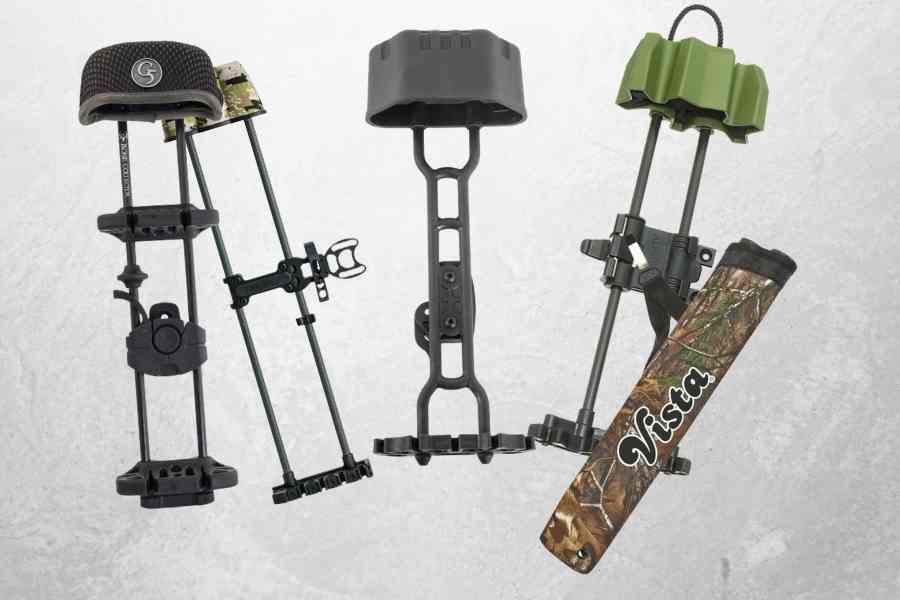Imagine you’re creeping closer to that trophy buck, your heart pounding louder than a drum in a rock concert.
Suddenly, your bow quiver rattles with the subtlety of a thunderstorm, startling your prey and turning a perfect hunt into a disappointing walk back to camp.
We’re about to embark on a journey into the world of noise reduction in bow quivers.
Stay with me, and prepare to take your hunting to a whole new level.
Contents (Jump to Topic)
ToggleUnderstanding Quiver Design
Whether it’s one arrow or a quiver full, the design directly impacts the noise level.
- Quiver design is important – two points of contact secure arrows better, and longer quivers reduce noise. The hood design prevents arrowheads from rattling together.
- Proper arrow placement in the quiver prevents rattling and noise. Each arrow should nestle securely.
- Mount the quiver firmly on the bow to prevent jostling and noise when moving. Consider rubber/foam at contact points.
- Lock arrows securely in the quiver hood to reduce rattling and vibration. Tight fit and two-point contact quivers are best. Rubber and foam reduce noise even more.
- Consider convenient quiver features like detachability and hoods to dampen noise during shots or when you´re in a tree stand.
- Overall, focus on secure arrows fit, preventing contact between arrowheads, tight mounting to the bow, and convenient detachable/hooded designs for maximum noise reduction from your bow quiver.
Proper Arrow Placement Techniques
Different models of quivers offer varying levels of noise reduction.
Look for models with two points of contact that secure the arrow, as they’re typically quieter.
Improper placement may cause difficulties when you’re trying to make the bow.
read.. best quiver for your hunting bow
Securing Arrows In Quivers
Locking up your arrows securely in the quiver isn’t just about safety; it’s an effective way to reduce noise and prevent startling game during your hunt.
The key lies in ensuring proper placement and securing arrows in quivers. Here’s how you do it.
Firstly, make sure your arrows are well-seated up into the quiver hood.
This reduces the amount of noise and any potential rattling that causes noise.
A secure fit also minimizes bow noise, letting you move stealthily through your hunting terrain.
Secondly, consider the design of your quiver.
A two-point contact quiver secures the arrow effectively, reducing vibrations that contribute to noise.
The hood design is also crucial – it should prevent arrow rattle and thus, dampen the noise.
read.. the different types of bow quivers
Effective Quiver Mounting Methods
Mount your quiver securely and correctly on your bow.
Incorrect mounting can bring about unwanted vibration causes and noise that may startle your prey.
The first step you can take is to ensure that the quiver’s points of contact with the bow are secure and tight.
Use soft material like rubber or foam at the contact points to further dampen any potential vibrations.
Hanging your quiver can also be beneficial, especially for tree stand use.
This method offers quick access to arrows and reduces the chance of noise caused by fumbling with the quiver.
Consider the design of your quiver.
A well-designed quiver should secure arrows tightly, preventing them from rattling around and making noise.
Convenience Factors in Noise Reduction
While properly mounting your quiver plays a significant role in reducing noise, considering the convenience factors in your setup can also significantly enhance your stealth in the field.
Detachable quivers, for instance, offer the advantage of quick removal and attachment.
A well-secured quiver prevents noise during the shot and ensures that your gear doesn’t become an impediment.
Look for designs with a hood. These help prevent rattling sounds when you’re on the move, reducing the chances of alerting your prey.






